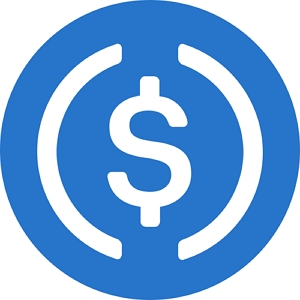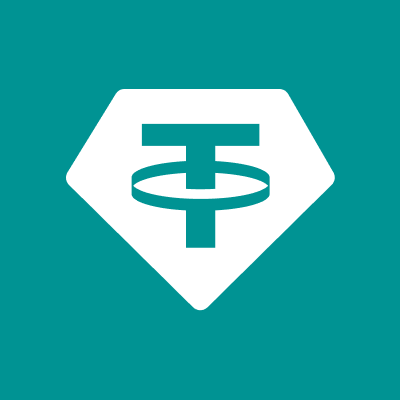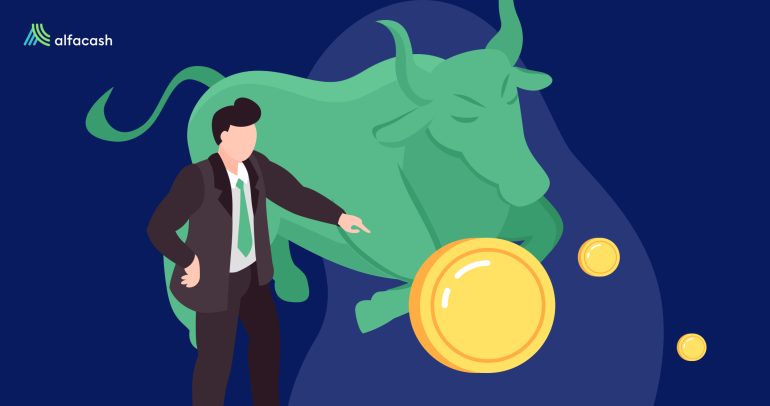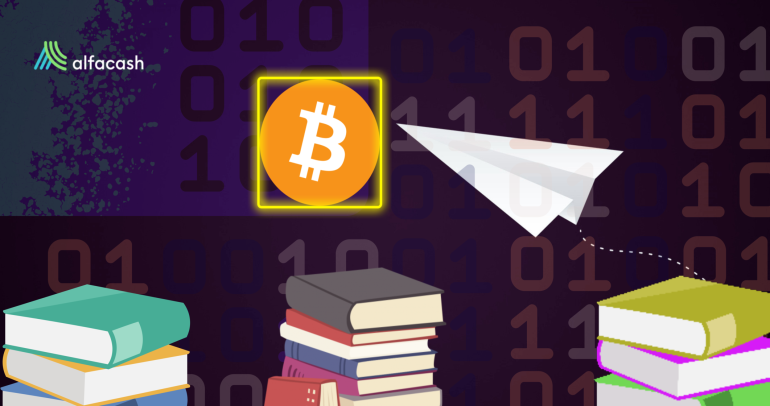To date, stablecoins are an essential part of the cryptocurrencyA digital currency running on a blockchain and built with cryptography. Contrary to central-bank issued currency, cryptocurrency issuance rules are... More world. As we may know, most digital coins suffer from high volatility —including BitcoinBitcoin is the first decentralized digital currency. It was created in 2009, by an anonymous founder or group of founders... More (BTCAn abbreviation for Bitcoin.). That’s why the coins designed to maintain a fixed price can offer a solution for a lot of critical financial operations. Among them, we inevitably have certain stablecoins more popular than others. So, what’s the difference?
Not every stablecoin works the same way or has the same underlying asset providing them value. Of course, most of them try to be equal to 1 USD, but that’s not always the case. Besides, the methodology used to maintain their prices can vary widely, and that could even include some polemics.

The first method is to be backed by commodities or fiat. This way, the group or company responsible for the stablecoin should have every single penny in commodities or fiat behind its digital value. The stablecoin is a mere representation, after all. The second method includes collateral in a basket of cryptocurrencies. This one is accompanied by a monetary policy, managed by users, to assure stability.
The last method is the controlled minting and burning (destruction) of coins, already written in their own code. This type of stablecoin is called “algorithmic” because the price is maintained by algorithms. Now, with this said, we can walk through the most popular stablecoins (by market capitalization on CoinMarketCap) and their differences.
TrueUSD (TUSD)

Launched in 2018 by TrustToken, TrueUSD is an ERC-20 token (built on Ethereum) designed to maintain a price of 1 USD per unit. To make this possible, the team behind TrustToken prepared several escrow accounts with USD. This type of bank account is designed to be handled by several parties under pre-established conditions. That’s why, in this case, the team of TrustToken can’t really touch any of the reserves without consent.
As they explained:
“We partner with licensed trust companies and banks to securely hold the funds backing TrueUSD tokens. For increased security, the trust companies handle all funds directly and the TrueUSD team does not have access, nor is involved in the transfer of, the escrowed funds.”
Therefore, for the issuers, the process includes KYC measures (identity verification). Anyone can be an issuer, but after meeting the requirements. Once this verification is complete, the issuer can access freshly-minted TUSD on Ethereum. If they want to sell, then the equivalent tokens are burned. In addition to all of this, we can mention that TUSD is the only stablecoin with real-time auditing, which ensures the existence and management of the funds that support it.
For average users, this popular stablecoin can be bought and sold like any other crypto, through exchanges and wallets. Currently, TUSD has a market cap of over $1.4 billion, which places it #64 on the list by this indicator.
Dai (DAI)

This decentralized stablecoin was launched in 2017 by Maker Foundation. It’s an ERC-20 token designed to be equivalent to 1 USD, but its underlying value isn’t provided by its creators. Instead, every DAI is minted after a collateral in cryptocurrencies (usually ETH) is blocked on specific smart contracts, and a stability fee is paid as well.
The liquidation ratio for the collateral may vary between 130% and 150%, and the stability fee between 2% and 4%. So, for example, if someone wants to generate 100 DAI (worth $100) for their Ethereum walletA crypto wallet is a user-friendly software or hardware used to manage private keys. There are software wallets for desktop... More, it should deposit first $150 in ETH on the smart contract, and pay the chosen stability fee. Also, in the case they want to liquidate the contract and get back their collateral, a liquidation penalty must be paid.
All of this is handled by MakerDAO, a decentralized autonomous organization (DAO) composed of the owners of its governance token, MKR. They can vote on changes for the system with this token, but MKR also works to pay stability fees and as an independent investment. Indeed, at the time of writing, MKR has a price of $1,800 per unit and a market cap of over $1,7 billion (#55).
Besides ETH, DAI also accepts other 18 cryptoassets as collateral. They include Basic Attention Token (BAT), Decentraland (MANA), Compound (COMP), Chainlink (LINK), Uniswap (UNI); and even some other popular stablecoins: TUSD, USDC, USDT, PAX, and more.
Nevertheless, it should be noted that all this process is only addressed to the DAI issuers. Any average crypto user can buy and sell DAI as any other cryptocurrency, through wallets and exchanges. This stablecoin is now #19 in market capitalization, with over $9.6 billion.
TerraUSD (UST)

UST is one of the popular stablecoins on this list that works outside Ethereum —and with several blockchains. It was launched in 2020 by Terraform Labs. It’s based on the Terra blockchainBlockchain is a type of database storing an immutable set of data, verifiable to anyone with access to it —through... and works closely with its native cryptocurrency, LUNA. In this sense, it’s kind of similar to DAI, but it’s not collateralized. Instead, UST maintains its 1 USD value by issuing and burning LUNA coins.
As they explained:
“TerraUSD is an algorithmic stablecoin, where the cost of minting is equal to the face value of the stablecoins minted — in order to mint 1 TerraUSD, only $1 worth of the reserve asset ($LUNA) must be burned. TerraUSD monetary policy is infinitely scalable — helping DeFi apps and protocols achieve their full potential without restrictions.”
Additionally, UST can be exchanged between different blockchains (including Ethereum, Binance Smart Chain, and Solana) by using Terra Bridge. Inside the Terra blockchain, UST can also be locked inside Anchor Protocol to get some passive income for savings (around 20%). For now, UST has a market cap of over 11 billion (#16), while LUNA is placed #9 by market cap, with over $26 billion and a price of $65 per token.
USD Coin (USDC)

USDC is a centralized stablecoin, launched in 2018 and fully handled by the consortium Centre, formed by the companies Circle, Coinbase, and Bitmain. Just like UST, it also works on several blockchains: Ethereum, Stellar, Avalanche, Algorand, Tron, Solana, and Hedera. However, it’s more like TUSD regarding its value. To keep its 1 USD price, the companies and issuers behind should hold a reserve in dollars, and other “approved investments”.
In order to become an issuer of this popular stablecoin, a financial institution should pass a KYC/AML verification. Then, according to the creators, they’re required to:
“Hold reserves on a 1:1 basis with issued tokens and provide monthly published proof of reserves attested to by certified public auditors. Support fungible exchange and redemption of USDC tokens from other authorized issuer members. Meet other reporting and review requirements established by Centre”.
Indeed, monthly attestations of the USDC general reserves are provided by the accounting firm Grant Thornton. Now, to exchange USDC isn’t necessary to do it on the founding companies. Any average crypto user can do it freely through exchanges, wallets, and even payment processors. To date, USDC is the fifth cryptocurrency by market cap, with over $47.5 billion.
Tether (USDT)

This centralized stablecoin isn’t only the most popular nowadays, but it also was the first one in existence. Launched in 2014 by Tether Limited (owned by the crypto exchange Bitfinex), USDT was designed as an ERC-20 token to maintain a fixed price of 1 USD. At first, its creators claimed that it was “fully backed” by USD cash on bank accounts owned by the company. However, this isn’t the case now.
According to its last and brief report about its reserves, Tether is mostly backed by commercial papers (over 65%), secured loans (12%), corporate bonds, funds, and precious metals (9%), and only 3.6% in USD cash. It’s been widely criticized (and even fined) in the past for not providing a proper audit of its reserves, which are fully controlled by Tether Limited and Bitfinex.
Therefore, Tether has no issuer other than the mentioned company. Despite the polemics, USDT is still the most used stablecoin by retail investors, who seek to protect their cryptocurrency holdings with price stability. Additionally, any user can access USDT in five blockchains: Ethereum, Omni, Tron, EOSIO, and Liquid. Currently, USDT is the third cryptocurrency by market cap, with over $78.3 billion. It’s also the most exchanged currency against Bitcoin, even above the USD.
Popular stablecoins: which one to choose?
As we can see, some of them are centralized (handled by institutions and companies), and others are decentralized (handled by the community). This poses advantages and disadvantages. For the centralized stablecoins, there’s legal security and the support of the companies that, in case of problems, must respond to their users. For the decentralized stablecoins, it exists additional investment options and financial freedom outside the traditional system.

As for the reserves or system behind every stablecoin, that’s up to every user to choose, according to their own preferences and investigation. The usability is also on the table: which blockchain do you want to use? To which Dapps and/or platforms do you want to access? How much transparency would you appreciate? Do you want to be an issuer or only an average user? Are you sure you want to use the popular stablecoins pegged to the USD, and not to other assets?
All of this must be answered only by the final user. And, of course, as always, doing your own investigation (DYOR) is never too much.
Wanna trade USDT, USDC, DAI, and other tokens? You can do it safely on Alfacash! And don’t forget we’re talking about this and a lot of other things on our social media.
Twitter * Telegram * Instagram * Youtube *Facebook * Vkontakte








